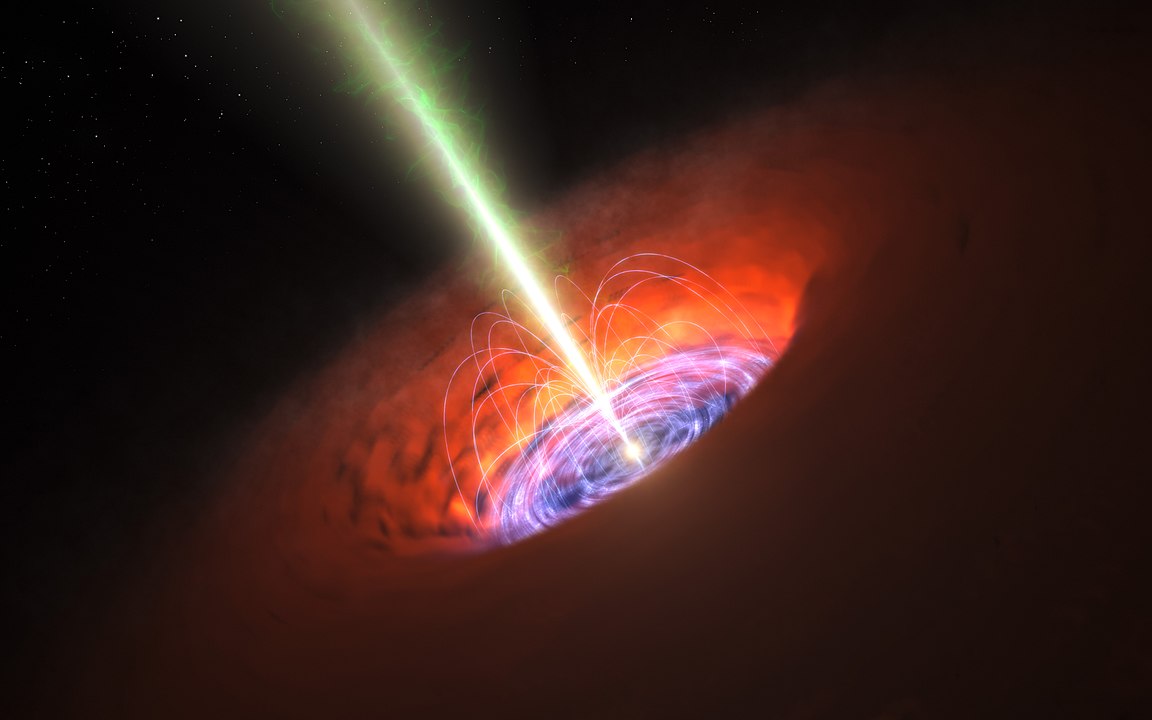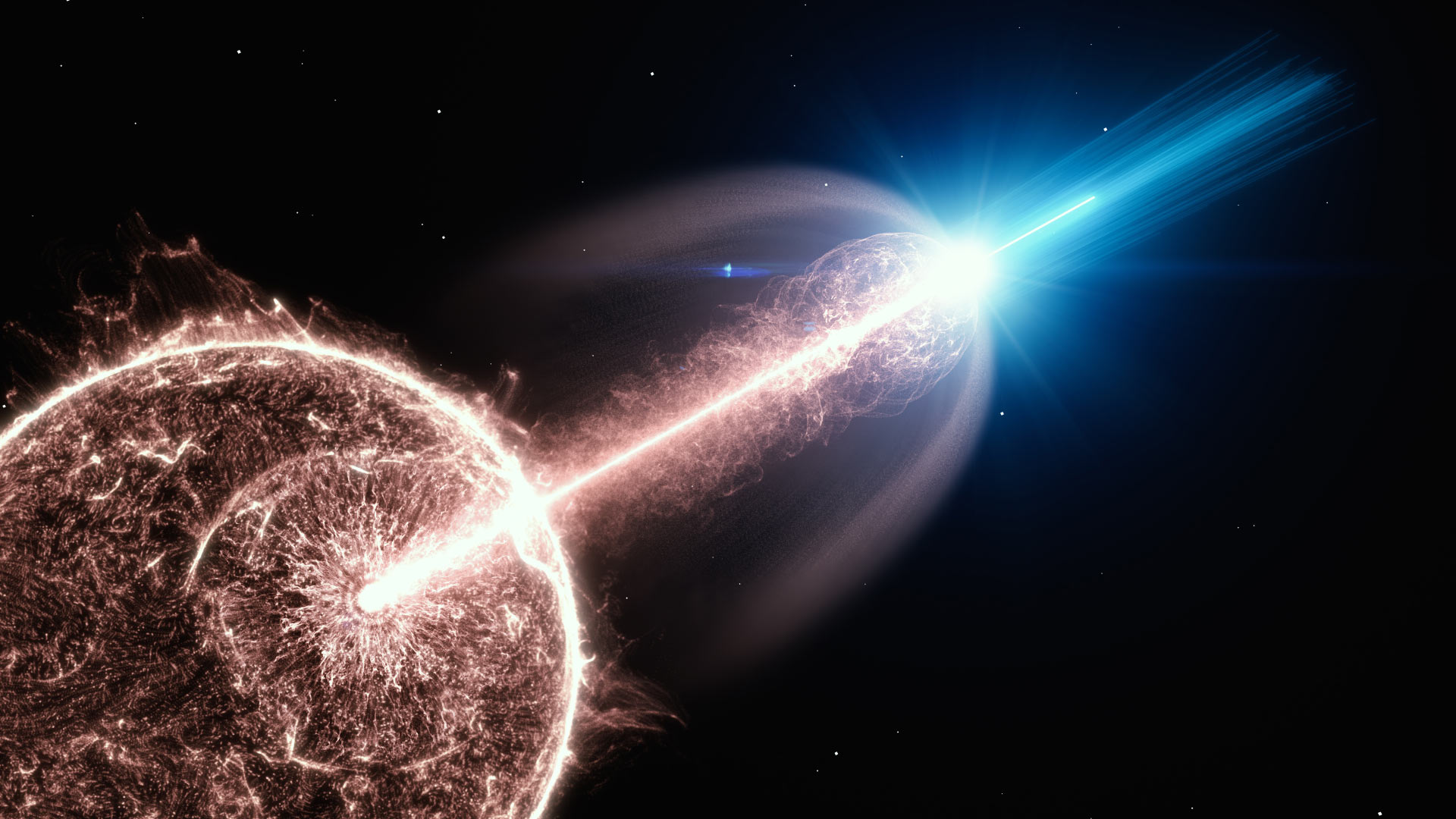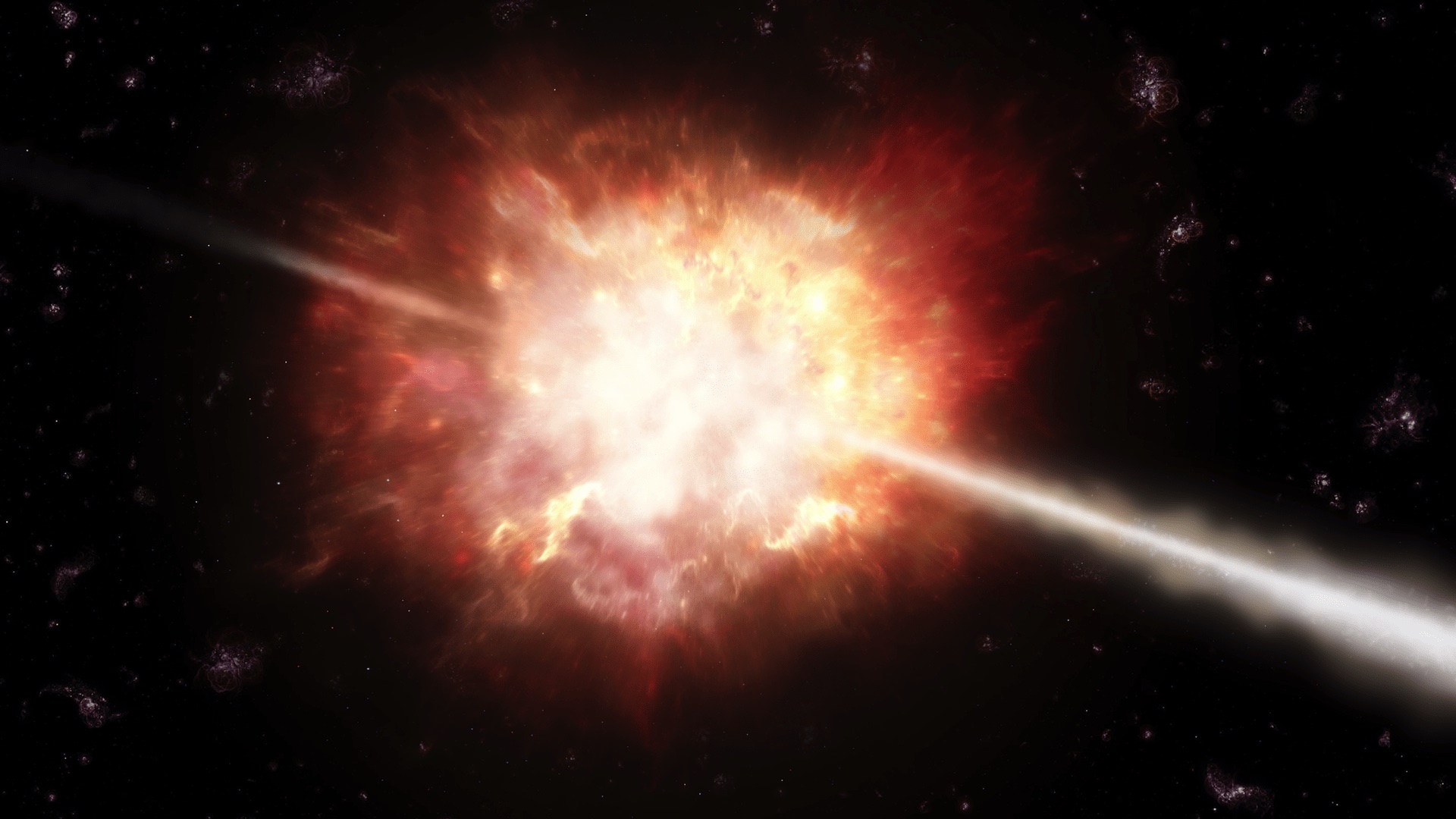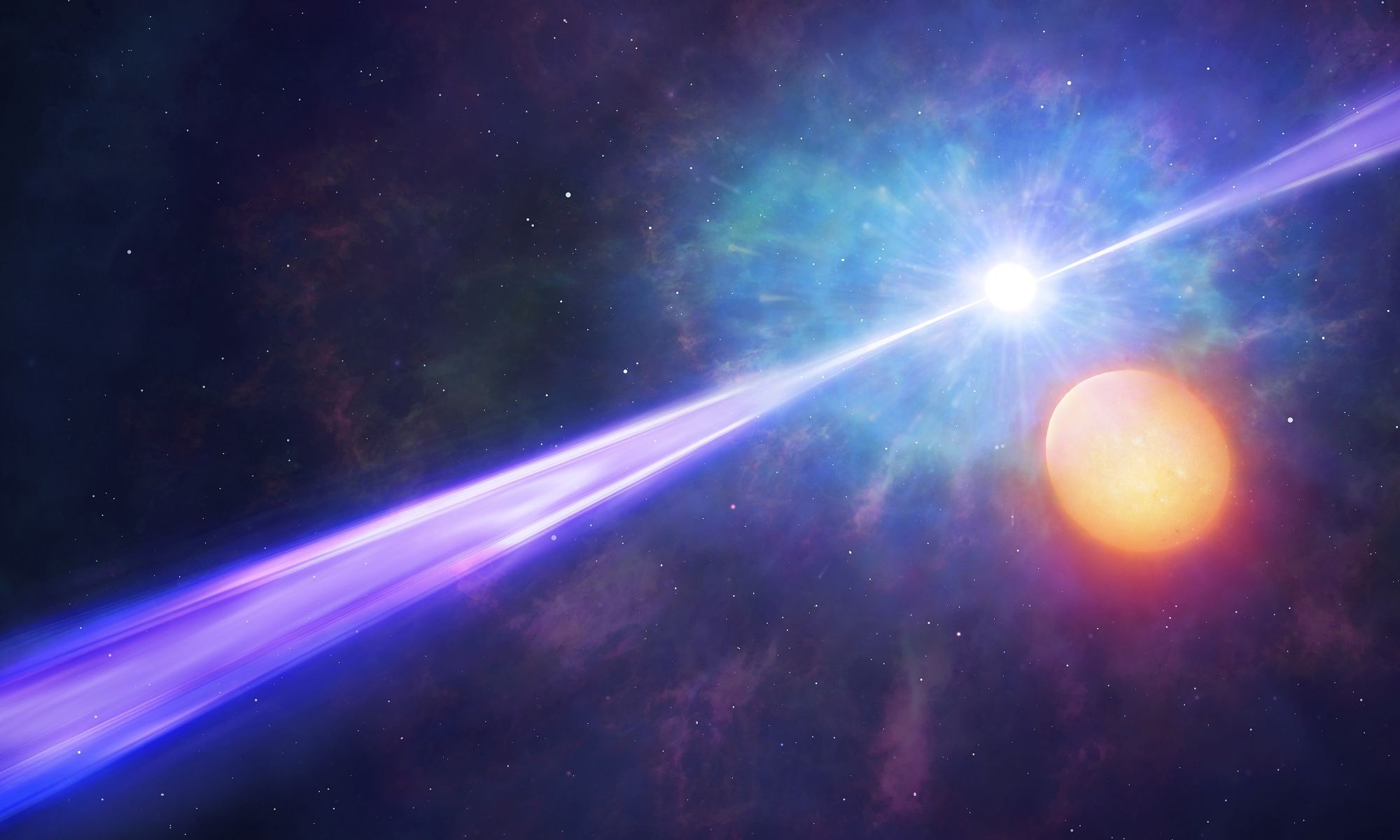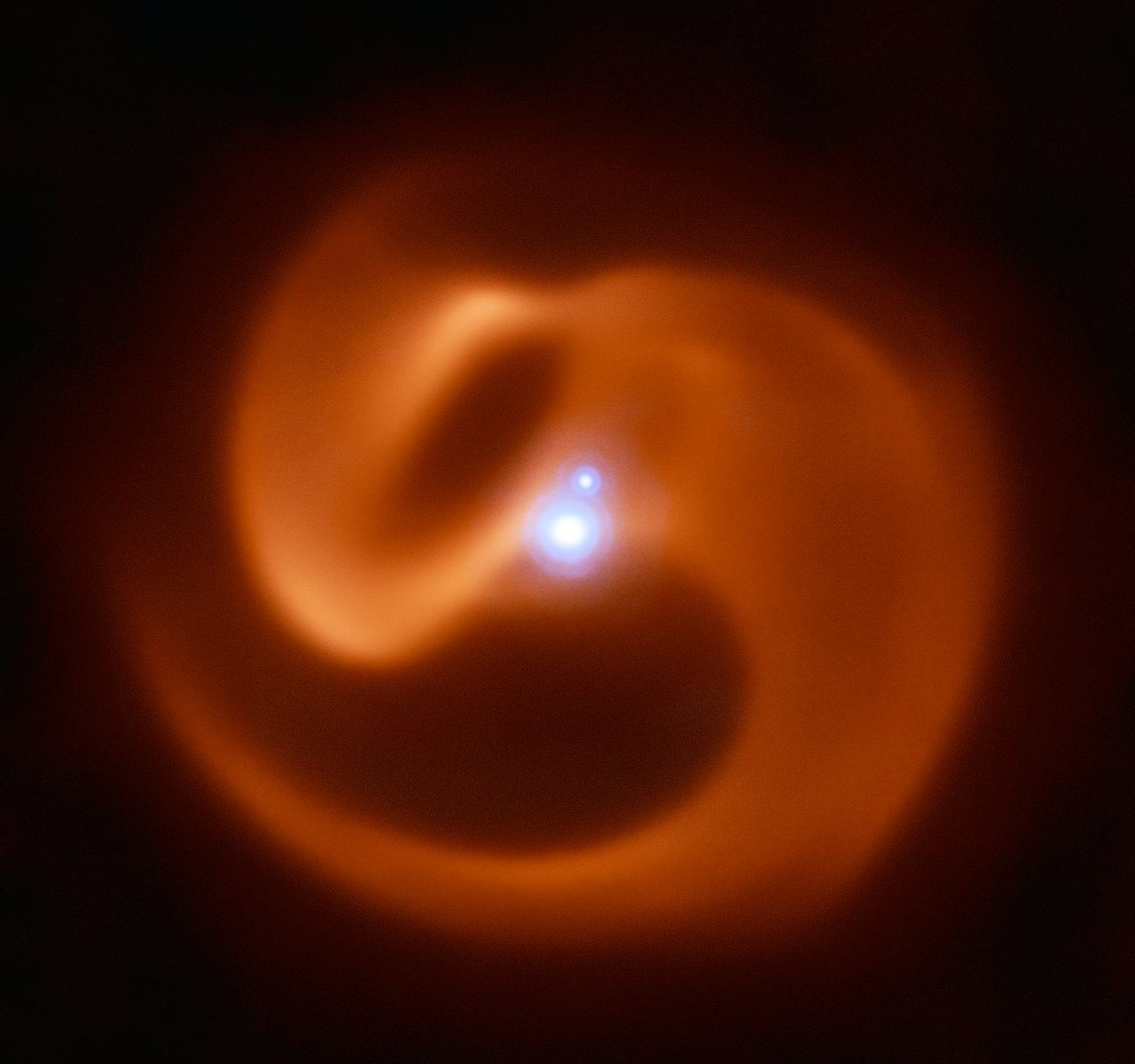Despite decades of study, black holes are still one of the most puzzling objects in the Universe. As we know from Einstein’s Theory of General Relativity, the gravitational force of these stellar remnants alters the curvature of spacetime around them. This causes gas, dust, and even photons (light) in their vicinity to fall inwards and form disks that slowly accrete onto their faces, never to be seen again. However, astronomers have also noted that they can produce powerful jets that accelerate charged particles to close to the speed of light (aka. relativistic jets).
These jets lead to powerful gamma-ray bursts (GRBs), which have been observed with black holes that have powerful magnetic fields. However, where these magnetic fields come from has remained a mystery to astrophysicists for some time. According to new research led by scientists from the Flatiron Institute, the source of these fields may have finally been revealed. Based on a series of simulations they conducted that modeled the life cycle of stars from birth to collapse, they found that black holes inherit their magnetic fields from the parent stars themselves.
Continue reading “New Study Suggests Black Holes Get their “Hair” from their Mothers”
